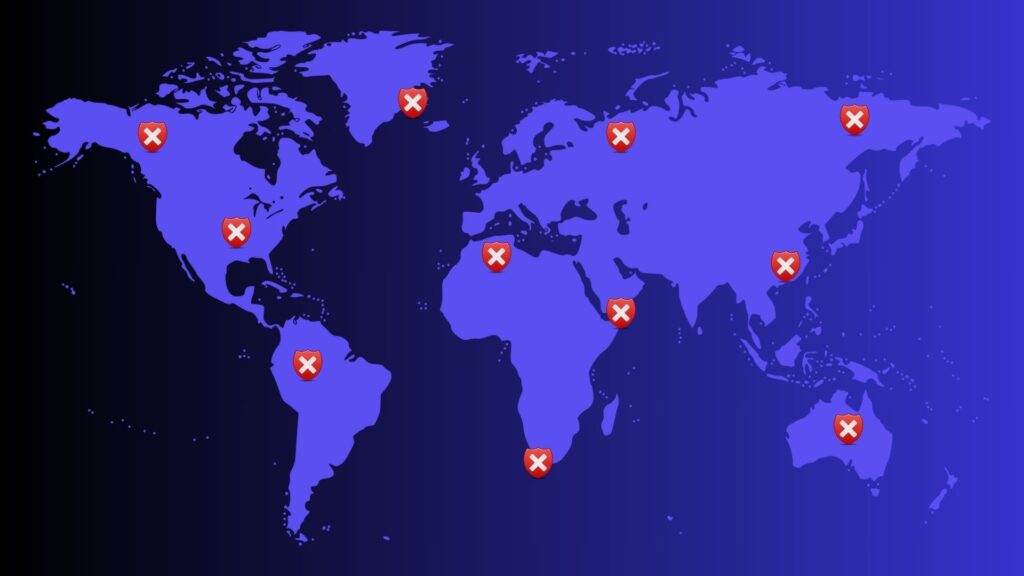You’ve decided to set becoming a cybersecurity expert as one of your goals. You write it down. You feel pumped. You know that this is going to be epic. You even watch a few tutorials.
Fast forward six months. You’re overwhelmed. You’re still stuck in tutorial hell. And worst of all, you’re nowhere close to achieving your goal.
But don’t beat yourself up. The truth is that goals alone don’t make you successful. Systems do. In this article, we’ll break down why systems are successful, especially in cyber security, and how you can build a system that actually works.
The problem with goals: why most people fail
A goal is just a wish with a deadline. That statement sounds great, but here’s the problem:
- Goals rely on motivation, and motivation often fades.
- Goals focus on the end result, and the process is often not considered.
- Goals can create pressure which can lead to burnout.
Think about New Year’s resolutions. They fail, A LOT. The reason is that people set goals, but they don’t build systems that enable them to achieve their goals.
Let’s look at a breakdown of goals vs. systems. The following table shows the difference in approach when it comes setting goals and systems.
| GOAL | SYSTEM |
|---|---|
| I want to be a cybersecurity expert. | I will practice cybersecurity tasks for 30 minutes each day. |
| I want to get a job in cybersecurity. | I will build a cybersecurity portfolio and include monthly projects. |
| I want to improve my ethical hacking skills. | I will complete one Capture The Flag (CTF) challenge on the training platform each week. |
When you set a goal, you’re often stuck without a plan of how you’re going to achieve the goal. But when you build a system, the plan is in place to achieve your goal and you make progress every single day, even when you don’t feel motivated.
What are systems?
A system is a repeatable process that moves you forward every day, no matter what.
Let’s use the previous example of the goal to become a cybersecurity professional. Now let’s look at bad and great systems.
A bad system is vague and leaves room for slacking. For example:
❌ I’ll study cybersecurity when I have time.
❌ I’ll finish one course and then see what I need to do after.
A great system is specific and can become a habit if done consistently. For example:
✅ I’ll study cybersecurity for 30 minutes every day at 7 PM.
✅ I’ll solve one CTF challenge each week.
These small, consistent actions will stack up over time and will lead to massive progress.
The best time to start was yesterday. The next best time is NOW.
unknown
Common cyber security learning mistakes
Many beginners in cybersecurity fail because they fall into one of these traps:
- Mistake #1: Watching tutorials ALL the time! Regardless of the platform, watching is NOT the same as learning. You have to apply what you have learned to truly understand how it works and ensure that it sticks in your head.
- Mistake #2: Trying to learn everything at once. No one can learn everything in one go. You need to take a step back and focus on developing one skill at a time. Once you are proficient at that one skill, then you can move on to the next.
- Mistake #3: Waiting for the “perfect time”. As much as we all wish there was a perfect time, there simply isn’t. There’s a famous saying that goes: “The best time to start was yesterday. The next best time is now.” Simply put, there will never be a perfect time so just start.
If you find yourself making any of these mistakes, you need a system. In the next section, we’ll look at examples of building a cybersecurity system.
The cyber security system that works
You’re likely reading this because you want to be the best cybersecurity expert the world has seen. But everyone needs to start somewhere. So, here’s a simple system you can start today:
- Daily Habit: Spend 30 minutes learning cybersecurity. This can be reading the latest cybersecurity news, learning the basics, or practicing a skill like ethical hacking.
- Weekly Action: Complete one chapter of the cybersecurity book you’re reading, or complete one lesson of the online classes, or solve one CTF challenge using one of the available platforms. You can also share your learnings on LinkedIn or X every Friday at 5 PM, for example, and don’t forget to engage with cybersecurity professionals.
- Monthly Project: Build a portfolio project that will demonstrate your skills. For example, create a phishing simulation or secure a website. Remember to obtain permission if it is not your own website!
By following this system, you’re bound to see incremental improvement in no time.
How systems change everything
Imagine we have two people, Lee and Mia. Lee sets a goal of being a cybersecurity expert, while Mia builds a system that she will practice cybersecurity for 1 hour every day at 7 PM.
3 months from now, Lee is overwhelmed by all the tutorials, feels stuck, doesn’t know what to do, and just wants to give up. Mia, on the other hand, has been consistent with her daily learning and has gradually increased her skills each day over the past 3 months to the point where she is able to apply for a cybersecurity job.
The difference is that the system creates consistency. In one year, Mia will be much further ahead than Lee simply because she took small actions each day to achieve her goal of being a cybersecurity expert in the future.
Start setting YOUR system!
Whether in cybersecurity or any field, the most successful people don’t set vague goals. They build unstoppable systems. Rome was not built in a day!
We challenge you to build your own cybersecurity system. Let us know how you got on or if you need some help. You can do it!
If this article helped, share it with a friend and start building your system today.



